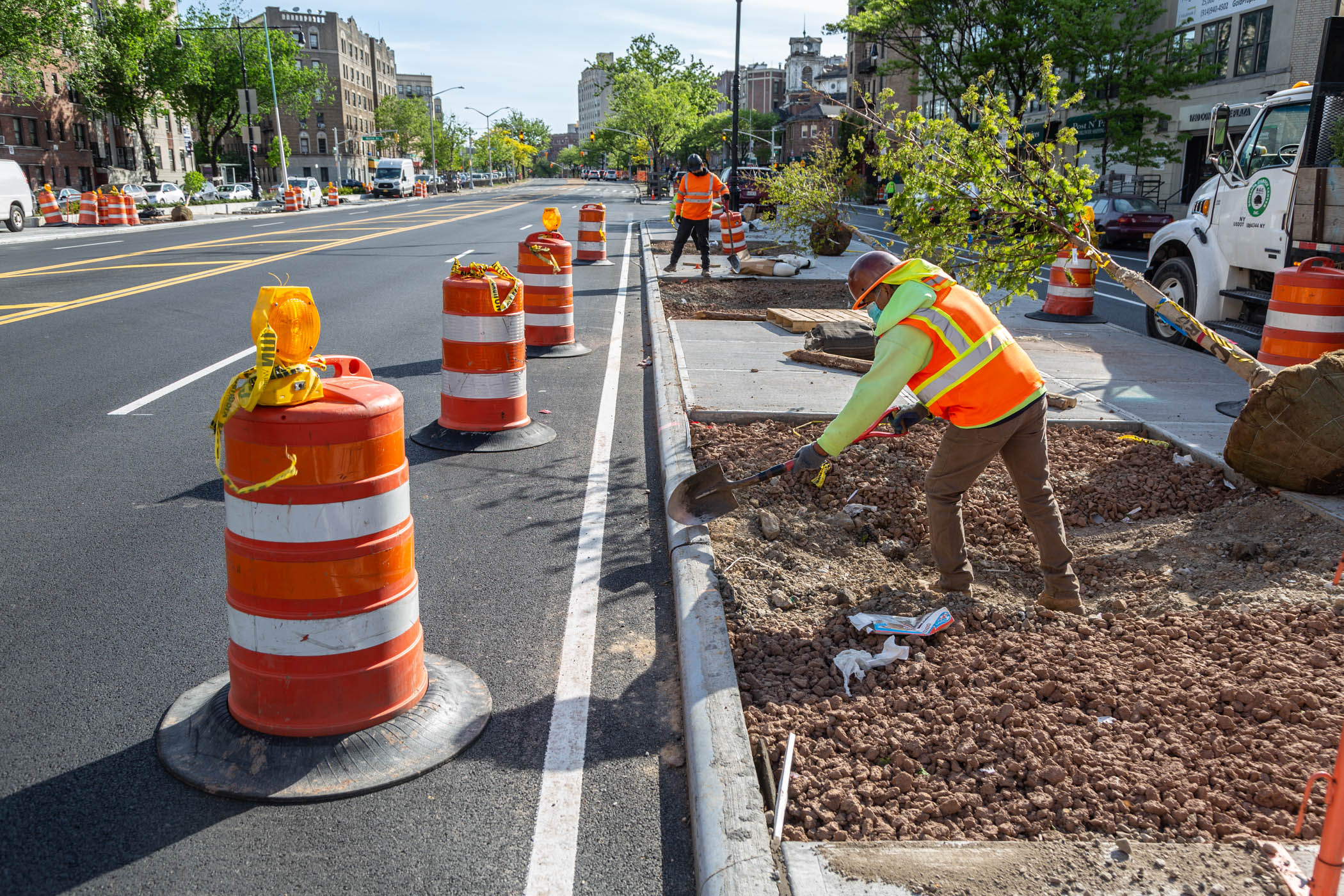The term “NYCDOT Lightweight Fill” refers to a specialized construction material used in various civil engineering projects. This article provides a detailed look at lightweight fill as recommended by the New York City Department of Transportation (NYCDOT), exploring its benefits, applications, and essential guidelines.
What is NYCDOT Lightweight Fill?
Definition and Overview
NYCDOT Lightweight Fill is a type of fill material designed to reduce the load on underlying structures while providing stability and support. It is often used in construction projects to address specific challenges such as load-bearing capacity and settlement issues.
Types of Lightweight Fill
- Expanded Polystyrene (EPS) Geofoam: A common type of lightweight fill made from expanded polystyrene beads.
- Lightweight Aggregate: Includes materials like pumice or expanded clay aggregates that have lower densities compared to traditional fill materials.
Benefits of Using NYCDOT Lightweight Fill
Reduced Load on Structures
- Minimized Settlement: Lightweight fill reduces the load on underlying soils, minimizing settlement and potential structural issues.
- Improved Stability: Provides stable support without adding excessive weight, beneficial for projects near sensitive structures or utilities.
Enhanced Performance
- Thermal Insulation: Many lightweight fill materials, such as EPS geofoam, offer thermal insulation benefits, reducing heat transfer.
- Ease of Handling: Lightweight materials are easier to transport and handle, leading to faster and more efficient construction processes.
Cost-Effectiveness
- Lower Material Costs: Despite the potentially higher initial cost of lightweight fill, it can lead to cost savings in the long term by reducing the need for additional structural support.
- Reduced Excavation and Disposal Costs: Lower weight reduces the need for extensive excavation and disposal, further decreasing overall project costs.
Applications of NYCDOT Lightweight Fill
Infrastructure Projects
- Roadway Construction: Used in road embankments and fills to reduce the load on underlying soils and prevent settlement.
- Bridges and Overpasses: Applied in areas where reducing load on bridge supports is critical.
Building Foundations
- Building Pads: Utilized in foundation construction to provide a stable base while minimizing settlement issues.
- Retaining Walls: Helps reduce the pressure on retaining walls by lowering the load on the supported soil.
Environmental and Geotechnical Solutions
- Landfills and Remediation: Used in landfill construction and environmental remediation projects to address settlement and stability challenges.
- Slope Stabilization: Applied in slope stabilization projects to provide lightweight support and prevent erosion.
Guidelines for Using NYCDOT Lightweight Fill
Selection Criteria
- Material Properties: Choose materials based on their density, compressive strength, and suitability for the specific project requirements.
- Load Requirements: Ensure the selected lightweight fill meets the load-bearing requirements of the project.
Installation Practices
- Compaction and Placement: Follow recommended practices for compaction and placement to achieve the desired performance and stability.
- Layering: Install in layers to ensure even distribution and minimize potential settlement.
Quality Control
- Testing: Conduct appropriate testing of the lightweight fill material to verify its properties and performance.
- Inspection: Regularly inspect the fill material during installation to ensure compliance with project specifications.
Challenges and Considerations
Material Durability
- Long-Term Performance: Assess the long-term durability of lightweight fill materials to ensure they maintain their performance over time.
Environmental Impact
- Sustainability: Consider the environmental impact of the fill material, including its manufacturing process and disposal options.
Compliance with Regulations
- NYCDOT Specifications: Adhere to NYCDOT specifications and guidelines to ensure compliance with local regulations and standards.
Case Studies and Examples
Example 1: Roadway Embankment
A roadway construction project in NYC used EPS geofoam to build an embankment over a soft soil area. The lightweight fill reduced the load on underlying soils, preventing excessive settlement and improving the stability of the road.
Example 2: Building Foundation
A commercial building project utilized lightweight aggregate for the foundation pad to minimize settlement and provide a stable base. The material’s reduced weight helped avoid the need for extensive deep foundations.
Conclusion
NYCDOT Lightweight Fill represents a valuable solution for addressing various challenges in construction and infrastructure projects. Its benefits, including reduced load on structures, enhanced performance, and cost-effectiveness, make it an attractive option for many applications. By following the guidelines for selection, installation, and quality control, engineers and construction professionals can effectively utilize lightweight fill to achieve successful project outcomes and ensure long-term stability and performance.

Leave a Reply